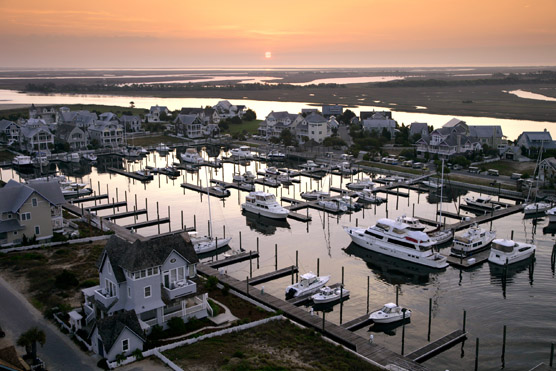From a colleague in South Africa

Have you ever wanted to walk across the bottom of a river, lake or ocean to see all the ships that have sunk?
Well… The Aral Sea was once the world’s fourth-largest saline body of water. It has been steadily shrinking since the 1960s, after the rivers that fed it were diverted by Soviet Union irrigation projects. And now it’s almost gone, leaving a desert full of old shipwrecks…
In the 1960s, the Soviet Union undertook a major water diversion project on the arid plains of Kazakhstan, Uzbekistan, and Turkmenistan. The region’s two major rivers, fed from snowmelt and precipitation in faraway mountains, were used to transform the desert into fields for cotton and other crops. Before the project, the two rivers left the mountains, cut northwest through the Kyzylkum Desert—the Syr Darya to the north and the Amu Darya to the south—and finally pooled together in the lowest part of the desert basin. The lake they made, the Aral Sea, was once the fourth largest lake in the world.
Although irrigation made the desert bloom, it devastated the Aral Sea. The Northern Aral Sea (sometimes called the Small Aral Sea) had separated from the Southern (Large) Aral Sea. The Southern Aral Sea had split into eastern and western lobes that remained tenuously connected at both ends.
By 2001, the southern connection had been severed, and the shallower eastern part retreated rapidly over the next several years. Especially large retreats in the eastern lobe of the Southern Sea appear to have occurred between 2005 and 2009, when drought limited and then cut off the flow of the Amu Darya. Water levels increased in 2010 after the drought broke and then began to dwindle again in 2011.
As the lake dried up, fisheries and the communities that depended on them collapsed. The increasingly salty water became polluted with fertilizer and pesticides. The blowing dust from the exposed lakebed, contaminated with agricultural chemicals, became a public health hazard. The salty dust blew off the lakebed and settled onto fields, degrading the soil. Croplands had to be flushed with larger and larger volumes of river water. The loss of the moderating influence of such a large body of water made winters colder and summers hotter and drier.
In a last-ditch effort to save some of the lake, Kazakhstan built a dam between the northern and southern parts of the Aral Sea. Completed in 2005, the dam was basically a death sentence for the southern Aral Sea, which was judged to be beyond saving. All of the water flowing into the desert basin from the Syr Darya now stays in the Northern Aral Sea. Between 2005 and 2006, the water levels in that part of the lake rebounded significantly and very small increases are visible throughout the rest of the time period. The differences in water color are due to changes in sediment.
A mummified carp (or sazan) sits on the seabed near the former Barsekelmes Island in Kazakhstan in a photo from August 2005.
The island was a nature preserve before the sea dried up. The government still controls who can visit the area, said Micklin. When the Aral dried up, the high salt content of the soil and the dry climate mummified the fish.
After the sea shrunk, dust storms kicked up salt and pesticides left over from agricultural runoff. This toxic concoction poisoned the air, causing throat cancer and respiratory disease in some remaining residents, according to health experts studying the region.
Without a source of protein, which previously came from fish, residents became anemic and infant mortality skyrocketed to become the worst in the then-Soviet Union.
Update May 2015:
UN Climate Chief Christiana Figueres said recently that Communism was the best way to fight global warming.
The Japan Times reported:
Prime Minister Tony Abbott’s top business adviser on Friday claimed climate change was a ruse encouraged by the United Nations to create a new authoritarian world order under its control.
Maurice Newman, chairman of the Prime Minister’s Business Advisory Council, said the real agenda was “concentrated political authority. Global warming is the hook.”
In a column for The Australian newspaper to coincide with a visit by U.N. climate chief Christiana Figueres, he added that the world had been “subjected to extravagance from climate catastrophists for close to 50 years.”










